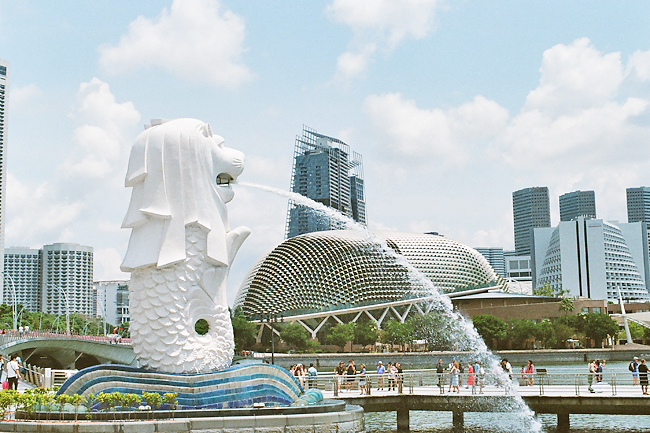SINGAPORE (CNA) – Total employment grew “substantially” in the last quarter of 2021 with more residents and non-residents being hired, said the Ministry of Manpower (MOM) in its Labour Market Advance Release on Friday.
Total employment rose by 47,400 in the fourth quarter, compared to the decline of 2,400 in the third quarter. Resident employment grew at a faster pace and non-resident employment increased for the first time in two years, the report said.
The increase was broad-based across all industries and is partly due to seasonal hiring for year-end festivities in industries such as food & beverages and retail. Employment grew in these sectors for the first time after consecutive quarters of declines.
“We expect the labour market to continue to improve in 2022, driven by an overall easing in domestic COVID-19 restrictions and the resumption of international travel,” said MOM in a media release.
“However, recovery to pre-COVID state continues to be uneven across sectors, and uncertainty remains over the trajectory of the virus.”

Resident employment – covering Singapore citizens and permanent residents – continued to grow in sectors such as information & communications and financial services.
For non-resident employment, there was a “considerable” increase in the construction sector after declining for nearly a year.
Total employment in construction rose by 15,800 in the fourth quarter last year, according to preliminary figures.
Over the quarter, the number of unemployed residents fell from 83,000 in September to 75,800 in December 2021.
For the full year, a rebound of 40,800 in total employment is expected in 2021 after a sharp contraction in 2020. While resident employment rose in most sectors, the accommodation sector still saw declines due to travel restrictions.
In December, there was a 0.1 -percentage-point decline for overall unemployment, from 2.5 per cent to 2.4 per cent. The citizen unemployment rate dipped from 3.5 per cent to 3.4 per cent. The resident unemployment rate remained unchanged at 3.2 per cent.
Over the year, the annual average unemployment rates showed significant declines, but they remained about 0.4 percentage points higher than before the pandemic, said MOM. The overall unemployment rate fell from three per cent to 2.6 per cent.
For residents, the rate decreased from 4.1 per cent to 3.5 per cent; and the citizen unemployment rate fell from 4.2 per cent to 3.7 per cent. Quarterly retrenchments are also expected to fall, and the number of retrenchments over 2021 is expected to reach 7,820, a “sharp drop” from 2020 when there were 26,110 layoffs.
MOM said it continues to observe “optimism” among companies on hiring expectations in the quarter ahead. About two-thirds of companies said in December last year that they had plans to hire.
“However, there was greater caution when it came to wages,” said MOM.
Only a quarter of the same group of companies polled in December intends to raise wages within the upcoming quarter. This remained lower than in June 2021 (32 per cent), signalling “continued caution in companies’ sentiments regarding business costs”.
The Labour Market Report 2021, to be released in mid-March, will provide more details, such as resident and non-resident employment, sectoral breakdowns, number of job vacancies, labour turnover, and re-entry rates among retrenched residents.





